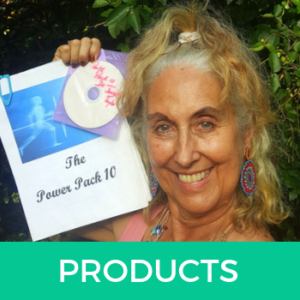 Berries—black, blue, rasp or staw, these tiny fruits are packed full of a huge health punch. Notable phytonutrients include anthocyanadins, ellagic acid and quiercetin, along with vitamins and fiber. They are listed among the plant world’s most powerful anitoxidants for inhibiting cancer cell growth.
Berries—black, blue, rasp or staw, these tiny fruits are packed full of a huge health punch. Notable phytonutrients include anthocyanadins, ellagic acid and quiercetin, along with vitamins and fiber. They are listed among the plant world’s most powerful anitoxidants for inhibiting cancer cell growth.
Citrus Bioflavanoids—These substances found in oranges, lemon, limes and grapefruits include hesperidin and limonene which have show promising anti-cancer effects. Grapefruit compounds seem to be particularly helpful fighting lung cancer among smokers and colon cancer too.
EPA—An omega 3 acid found in such fatty fish as salmon and sardines whose increased intake is linked to reduced rates of several types of cancer including those of the breast, colon, lung and prostate.
Green Tea—Leaves of the Camilla sinensis plant, which is extensively cultivated in China, India and Japan. This tea contains potent antioxidants and has been associated with lower cancer rates in large population studies.
Curcumin—a reddish yellow compound found in the spice turmeric, a root similar to ginger root and used in Indian cookery. It interferes with cancer cell proliferation and with tumor blood-supply development.
Lycopene—Best known for putting the red in tomatoes, this phytonutrient is also found in apricots, pink grapefruit and watermelon. Associated with reduced risk of and slower growth rates in prostate cancer, pancreatic cancer and reduces the DNA damage in white blood cells.
Mushroom polysaccharides—complex sugar compounds found in a variety of mushrooms including shiitake, maitake and reishi. Some fight tumor formation, others induce apoptosis (a process by which cells normally die and are replaced; becomes disabled in cancer cells).
Selenium—A trace mineral found in grains, meats, seafood and some nuts, mostly Brazil nuts. It supports the production of glutathione a natural antioxidant. Has reduced prostate cancer risk in men.
Soy—Including soy milk, tempeh, edamame (vegetable green soybeans) and tofu. Populations consuming high amounts of soy foods show lower breast and prostate cancer rates.
Vitamin C—Found in citrus, cabbage and related cruciferous veggies (broccoli, Brussels, cauliflower) and potatoes, spinach, strawberries, tomatoes and tomato juice. This is the body’s primary water-based antioxidant which neutralizes toxic byproducts of normal fat metabolism.
Vitamin D—Even though it is found in egg yolks, butter, and cod liver oil, the sun is the main source. Regular sun exposure is linked with lower overall cancer death rates.
Natural Vitamin E—Found in almonds, fruits, peanuts, vegetable oils, and whole grains it is the body’s primary fat-based antioxidant which may retard prostate cancer development.















